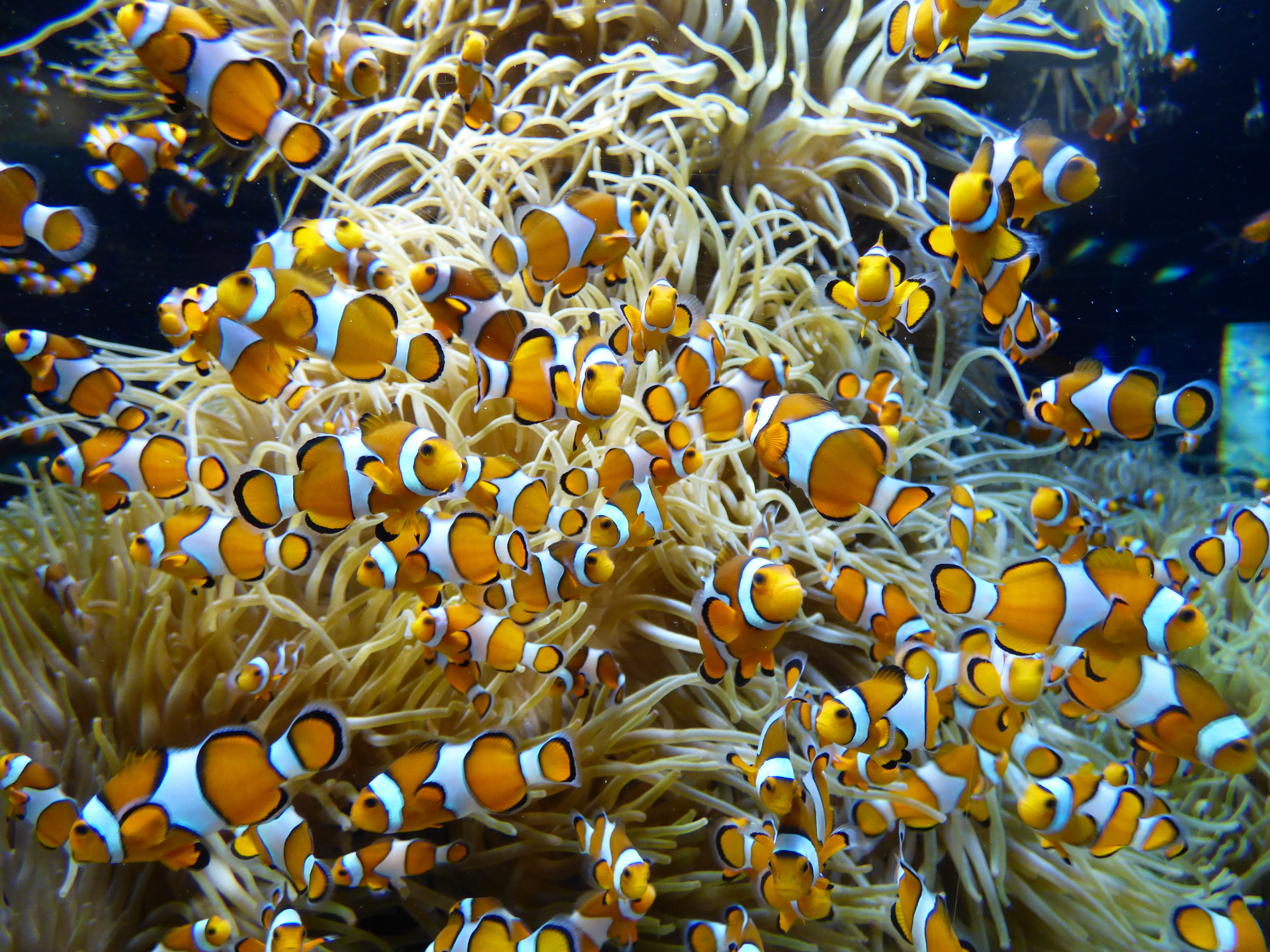Publication Abstract
- Title
-
Re-stocking and enhancement of clawed lobster stocks: a review
- Publication Abstract
-
Re-stocking and enhancement of clawed lobster stocks: a review
J.T. Addison and R.C.A. Bannister
Since the late 19th century homarid lobsters have been cultured under hatchery conditions, and hatchery-reared Homarus americanus and H. gammarus have been released into the wild on many occasions in North America and Europe, respectively. The success of such re-stocking programmes could not be evaluated, however, due to lack of a suitable tagging method to discriminate between hatchery-reared lobsters and natural stock. This paper reviews the early attempts at re-stocking, and then describes in some detail more recent experiments that make use of coded microwire tags. The recent results show that hatchery-reared animals can survive to recruit to a fishery, but despite this initial success, there remain important biological questions on whether re-stocking programmes are likely to provide sustainable benefits to fisheries and whether released animals actually enhance or simply displace natural stocks. The success of future re-stocking programmes will be easier to evaluate if biological and economic objectives are more tightly defined at the planning stage.
Reference:
J.T. Addison and R.C.A. Bannister, 1994. Re-stocking and enhancement of clawed lobster stocks: a review. Crustaceana, 67: 131-155.
- Publication Internet Address of the Data
- Publication Authors
-
J.T. Addison* and R.C.A. Bannister *
- Publication Date
- January 1994
- Publication Reference
-
Crustaceana, 67: 131-155
- Publication DOI: https://doi.org/


